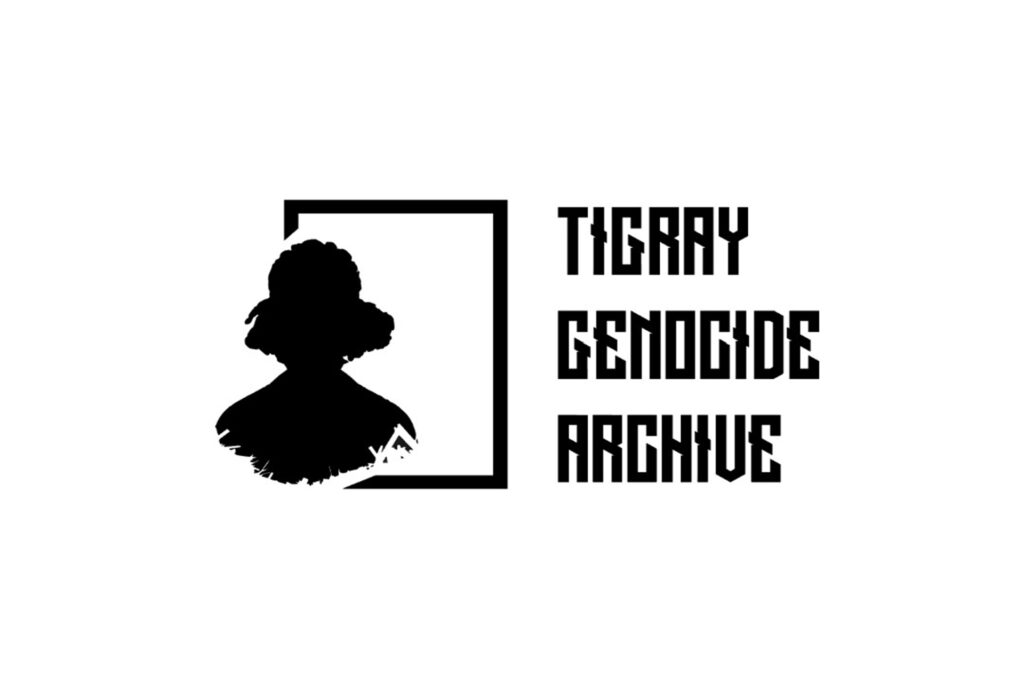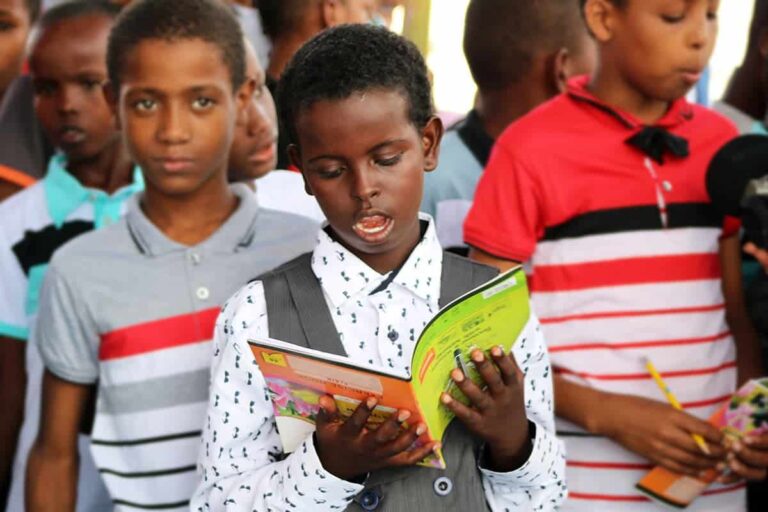In the aftermath of the Tigray conflict, documenting the atrocities committed has become a crucial step toward justice and healing. Preserving evidence of human rights violations not only honors the victims but also serves as a foundation for accountability and reconciliation.
The Importance of Documentation
The Tigray conflict, which began in November 2020, led to widespread reports of human rights abuses, including extrajudicial killings, sexual violence, and forced displacement. Documenting these violations is essential for several reasons:Wikipedia+1Human Rights Watch+1
- Preserving Evidence: Detailed records ensure that evidence of crimes is not lost or destroyed, which is vital for future legal proceedings.
- Acknowledging Victims’ Experiences: Recording testimonies validates the suffering of victims and survivors, providing them with a platform to share their stories.
- Facilitating Justice: Comprehensive documentation can aid international and domestic courts in prosecuting perpetrators of human rights violations.United States Holocaust Memorial Museum+4The Washington Post+4United Nations Human Rights Office+4
- Preventing Revisionism: Maintaining accurate records helps prevent the distortion or denial of events, ensuring that the truth is preserved for future generations.
Current Documentation Efforts
Various organizations have undertaken initiatives to document the atrocities in Tigray:
- United Nations and Ethiopian Human Rights Commission: A joint investigation by these bodies found reasonable grounds to believe that all parties to the conflict committed violations that may amount to war crimes and crimes against humanity. United Nations Human Rights Office+1Wikipedia+1
- International Commission of Human Rights Experts on Ethiopia (ICHREE): Established by the UN Human Rights Council in December 2021, ICHREE is mandated to investigate allegations of violations and abuses of international human rights law in Ethiopia committed since November 2020. Human Rights Watch+3Wikipedia+3United Nations Human Rights Office+3
- Human Rights Watch and Amnesty International: These organizations have reported on the destruction of civilian structures, including hospitals and schools, and the use of starvation as a method of warfare. Human Rights Watch
Challenges in Documentation
Documenting atrocities in conflict zones like Tigray presents several challenges:
- Access Restrictions: Limited access to affected areas hampers the ability of investigators to gather firsthand evidence.
- Security Concerns: Witnesses and investigators may face threats to their safety, deterring them from coming forward or conducting fieldwork.
- Political Sensitivities: Governments and armed groups may be uncooperative or hostile to documentation efforts, fearing repercussions.
The Role of the International Community
The international community plays a pivotal role in supporting documentation efforts:
- Providing Resources: Funding and technical assistance can bolster the capacity of organizations engaged in documentation.
- Applying Diplomatic Pressure: Encouraging the Ethiopian government to grant access to investigators and to cooperate with international bodies is essential.The Guardian
- Supporting Justice Mechanisms: Backing international courts and tribunals that can prosecute those responsible for atrocities ensures that documentation translates into accountability.

Conclusion
Documenting the atrocities committed during the Tigray conflict is indispensable for achieving justice and facilitating healing. While challenges persist, continued efforts by local and international organizations, supported by the global community, are vital in ensuring that the truth is preserved and that perpetrators are held accountable.



